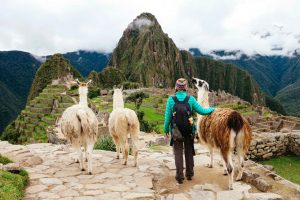
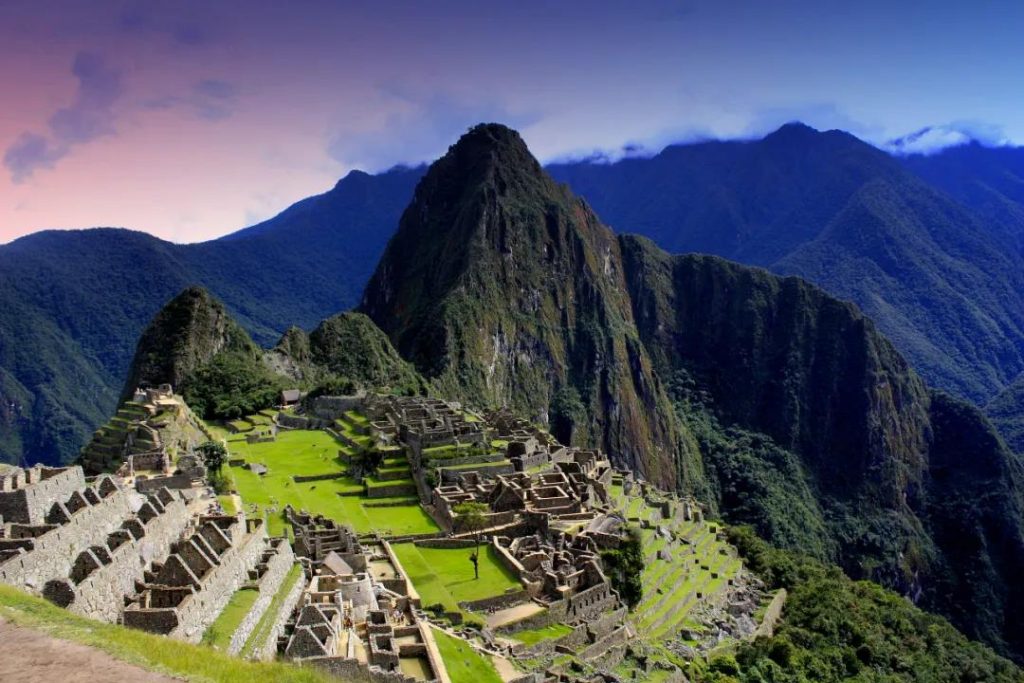
©HannahWade/Getty Images
Peru, the free soul of primitive wilderness callers, ancient ruins and lost civilizations are romantically reborn in festivals. Multiculturalism nourishes the confidence and humor of the younger generation.
#Peru travel route#
Travel time: 2 weeks
Travel route: Lima-Nazca-Arequipa-Lake Titicaca-Cusco and Sacred Valley-Machu Picchu-Puerto Maldonado-Lquitos
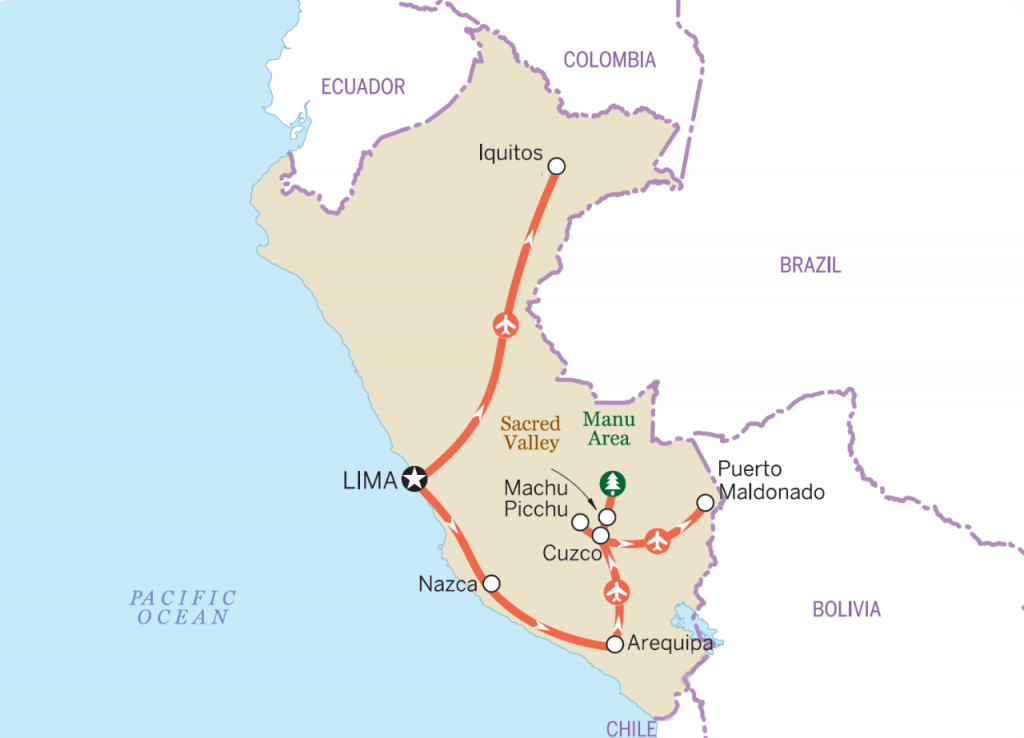
©HannahWade/Getty Images
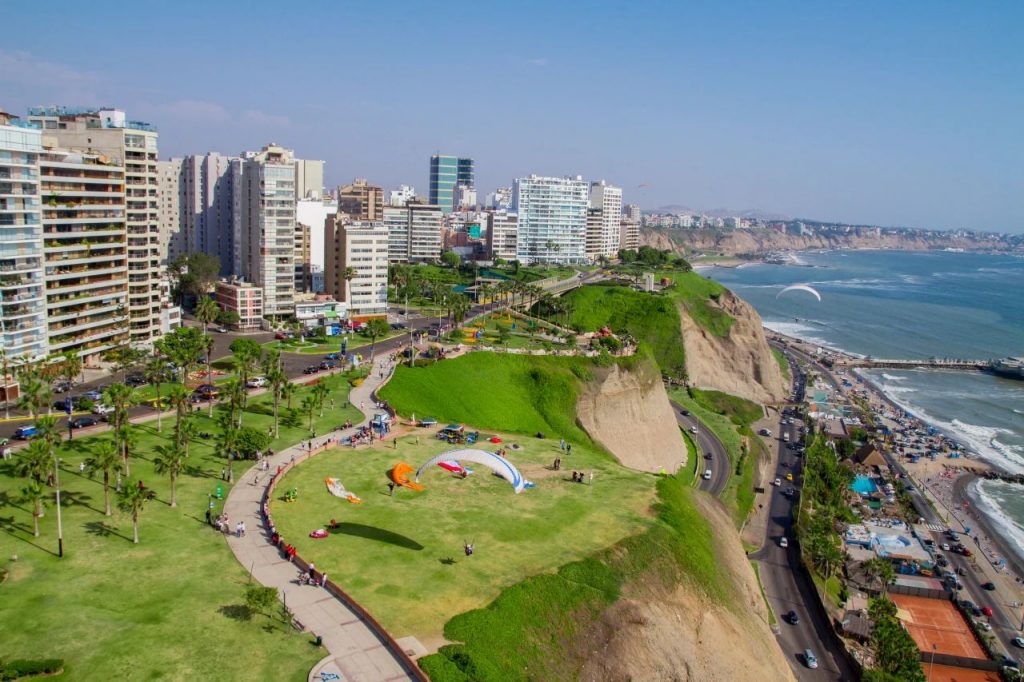
©HannahWade/Getty Images
Start your journey with exquisite Peruvian cuisine in Lima’s restaurants. This fast-paced Peruvian metropolis will surprise you with its international style and vibrant nightlife. It has almost a quarter of the population of the entire country, as can be seen from the harsh whistling of cars. Stay for a while, and you will find that this modern city has many places worth exploring, including a stylish art atmosphere and world-class cuisine.
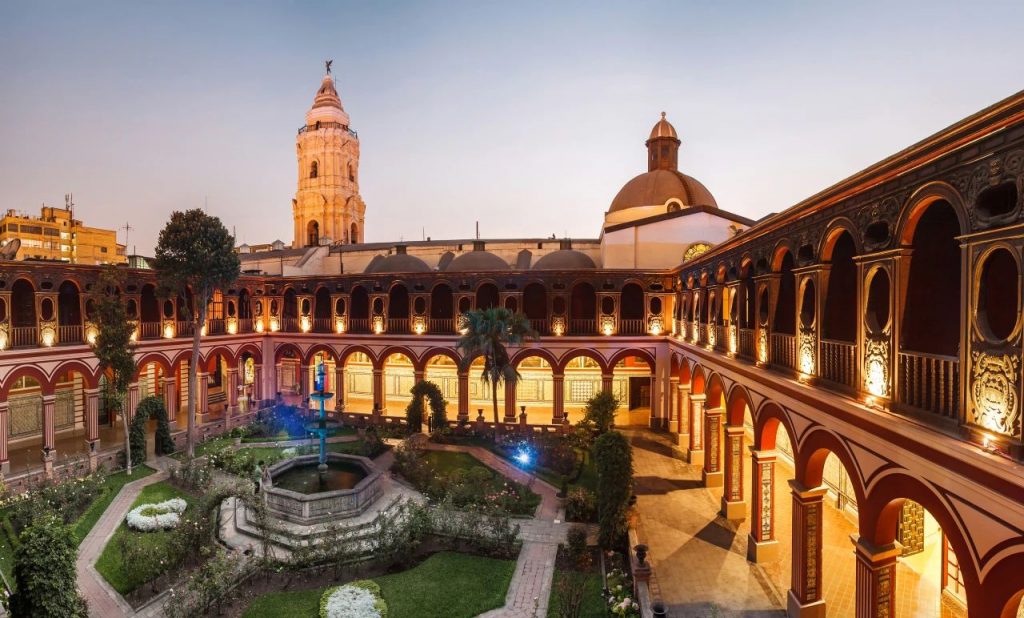
©HannahWade/Getty Images
Lima was once regarded as a dangerous place, but law and order have improved a lot in recent years. Miraflores (Miraflores) is a good place for walking, there is a series of landscape gardens with sea views. And the barranco art community full of style on the cliff top has the country’s most popular nightlife area.
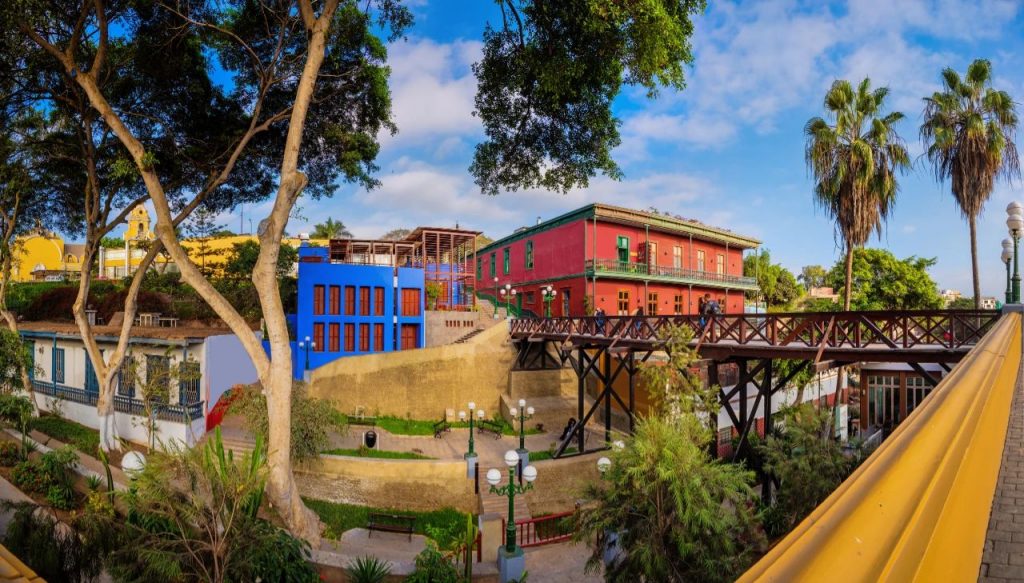
©HannahWade/Getty Images
You can have some seafood by the beach, take a paraglider down the cliffs of Miraflores, or “hi” until the sunrise in a bohemian bar or club in Barranco, no matter what kind of activity. Will keep you away from the noise.
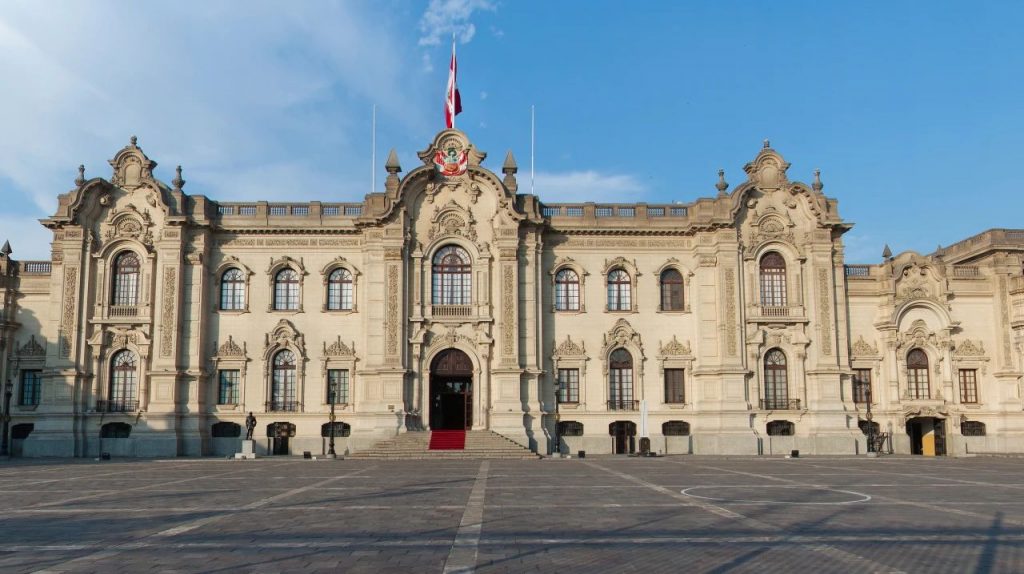
©HannahWade/Getty Images
Although Lima people may prefer fashionable shopping malls, there are the remains of the pre-Inca pyramids, the brilliance of Spanish colonial buildings, and many of the best museums in the country.
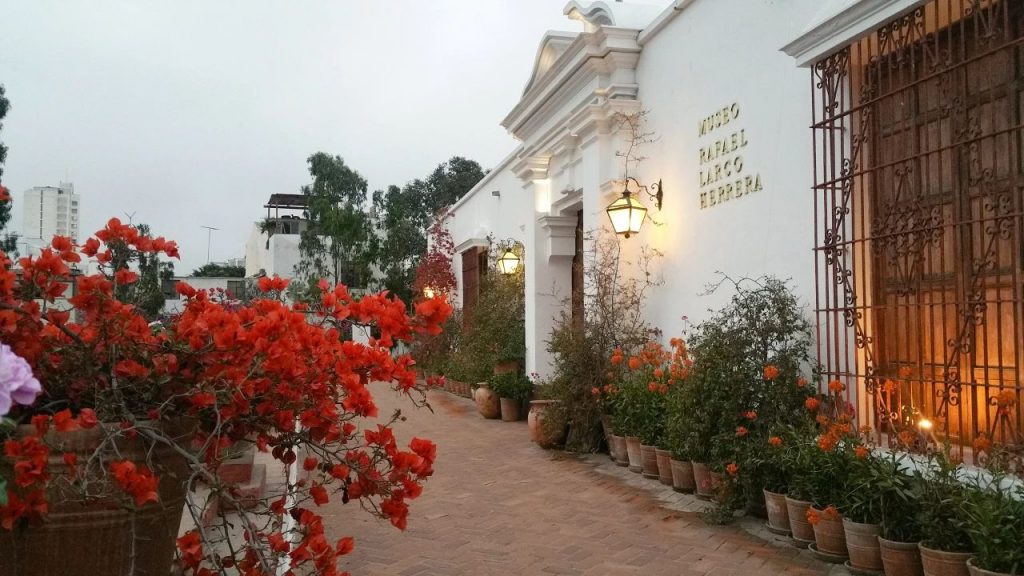
©HannahWade/Getty Images
Speaking of museums, one has to mention the famous Museo Larco in Lima. This museum is housed in an 18th-century governor’s residence. The pottery exhibition is one of the largest and best displayed in Lima. It was created in 1926 by Rafael Larco Hoyle, a collector of cultural relics from the pre-Columbian period.

©HannahWade/Getty Images
The exhibits include more than 50,000 bottles and jars, including pottery works from Cupisnique, Chims, Chancay, Nazca and Inca civilizations. Highlights include the superb portrait of Moche, which is simply displayed but highlighted by lighting. On a Wari fabric in the back exhibition hall, 398 stitches were worn in one inch-this is definitely a record.
Nazca Lines
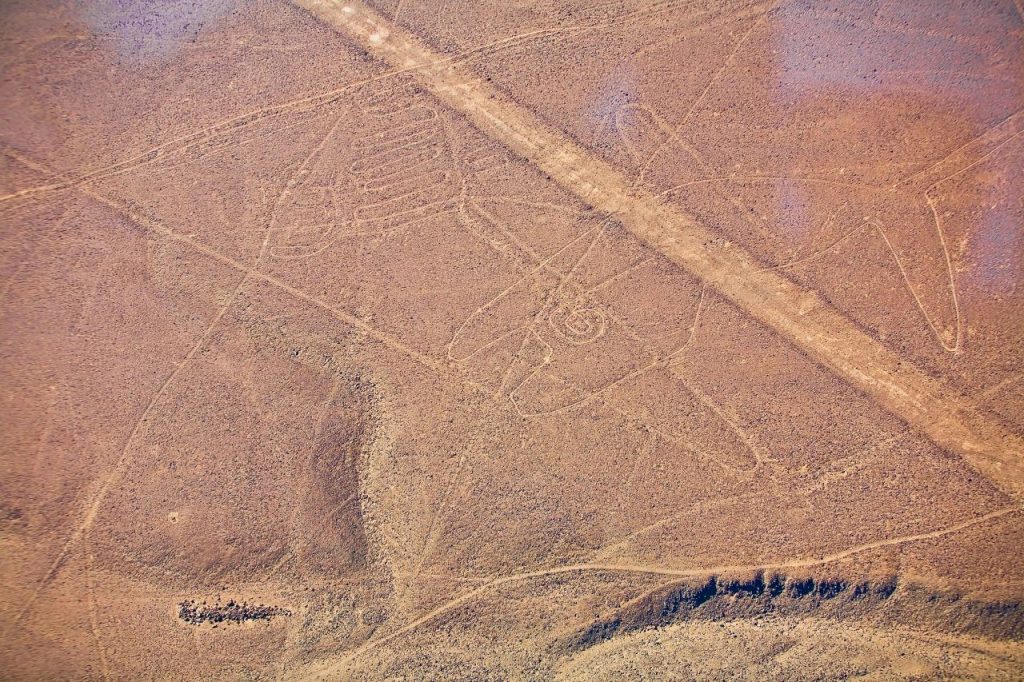
©HannahWade/Getty Images
After adjusting the jet lag, head south across the coastal desert to Nazca and get a glimpse of the mysterious Nazca Line. The Nazca Line is a spectacular network composed of hundreds of geometric figures, animal and plant patterns in southern Peru. The patterns are not repeated, and they are extremely stylized. It is one of the world’s major archaeological mysteries.
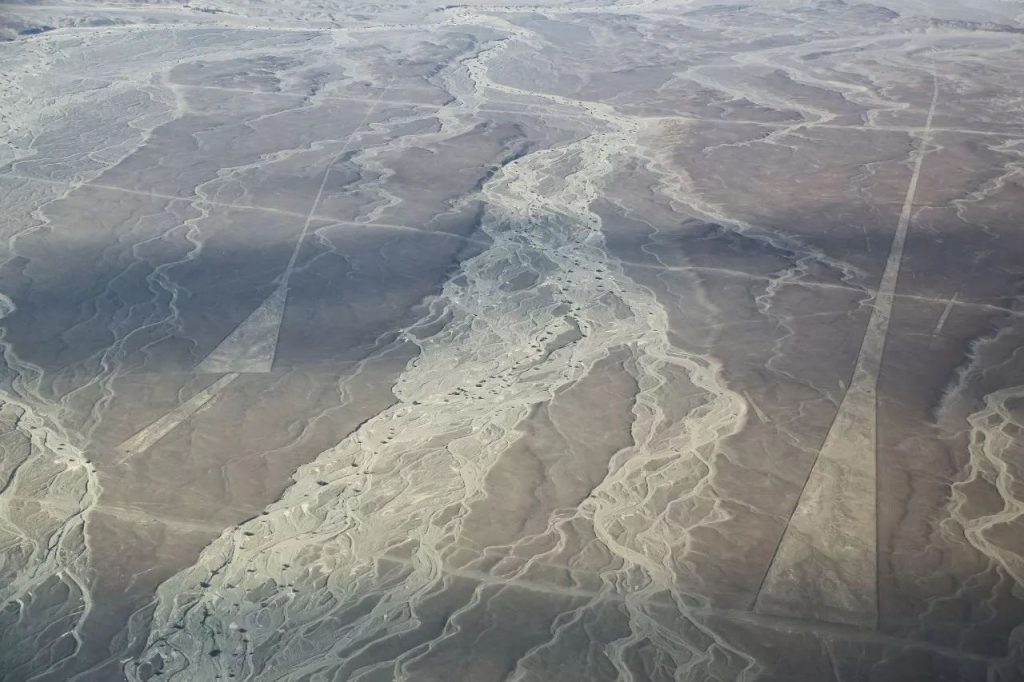
©HannahWade/Getty Images
Nazca was once an extremely dry and hot desert until the American scientist Paul Kosok flew over the small town and discovered Peru, a mysterious and puzzling world wonder. In 1939, in a routine study of ancient irrigation methods, an airplane traversed this barren land and found confusing lines on the sand, which looked like graffiti drawn by a giant with a huge redwood-like stick. Today it has become a UNESCO World Heritage Site, attracting a flood of tourists into this previously unknown town.
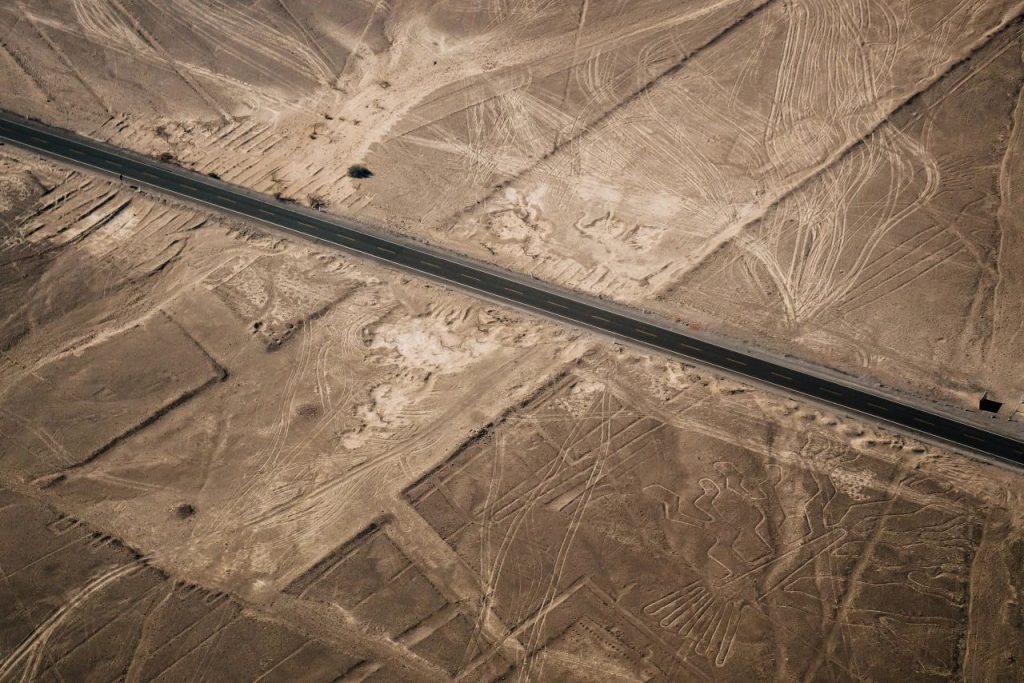
©HannahWade/Getty Images
A masterpiece of aliens? Doodles of prehistoric people? Who created these huge lines? Why bother to create these patterns that can only be appreciated in the air? These mysteries were thrown to the outside world by the German archaeologist Maria Reich, who believed that these lines were drawn from the astronomical calendar through complicated mathematical calculations. The Nazca Line is still an undecoded historical mystery. When you take a small plane to overlook the magical lines on the sandy ground, you will be filled with infinite curiosity and awe.
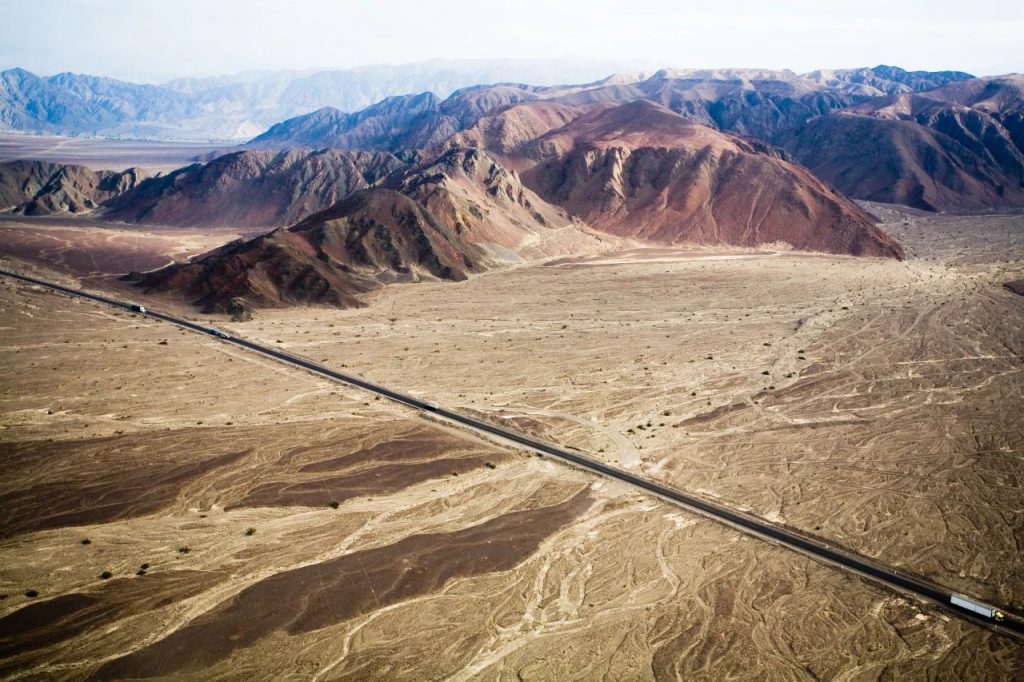
©HannahWade/Getty Images
Arequipa
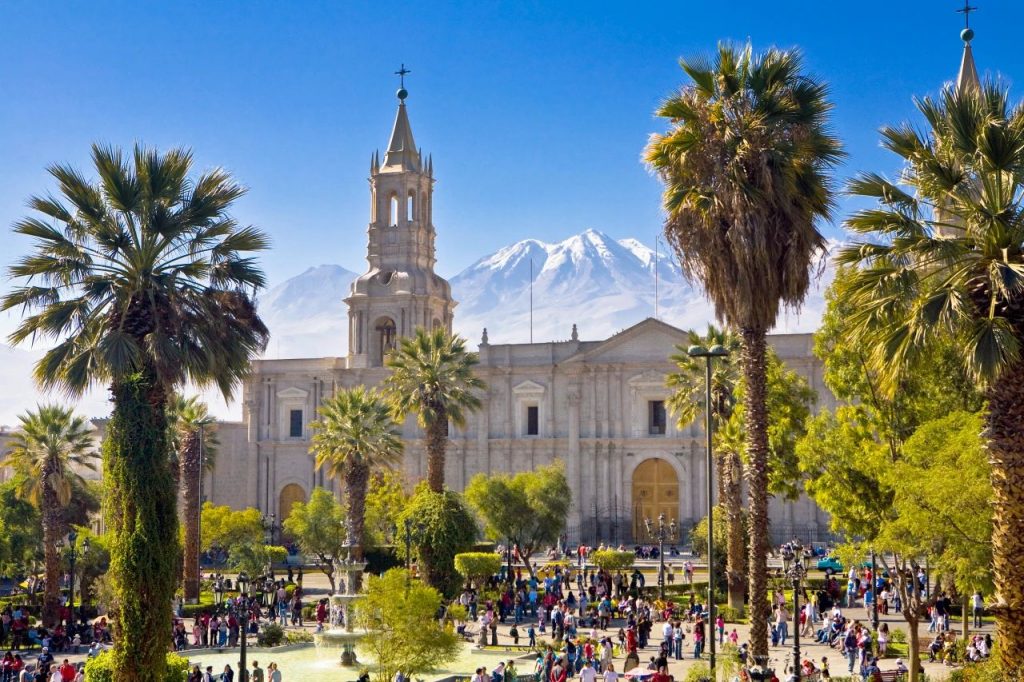
©HannahWade/Getty Images
Continue the travel south to fashionable and cosmopolitan Arequipa, where you can admire the charming monasteries, deep canyons and smoking volcanoes. Peru’s second-largest city has never been far from the appearance given to it by the Spaniards. The colonial buildings made of light-colored volcanic stones are shining in the sun.

©HannahWade/Getty Images
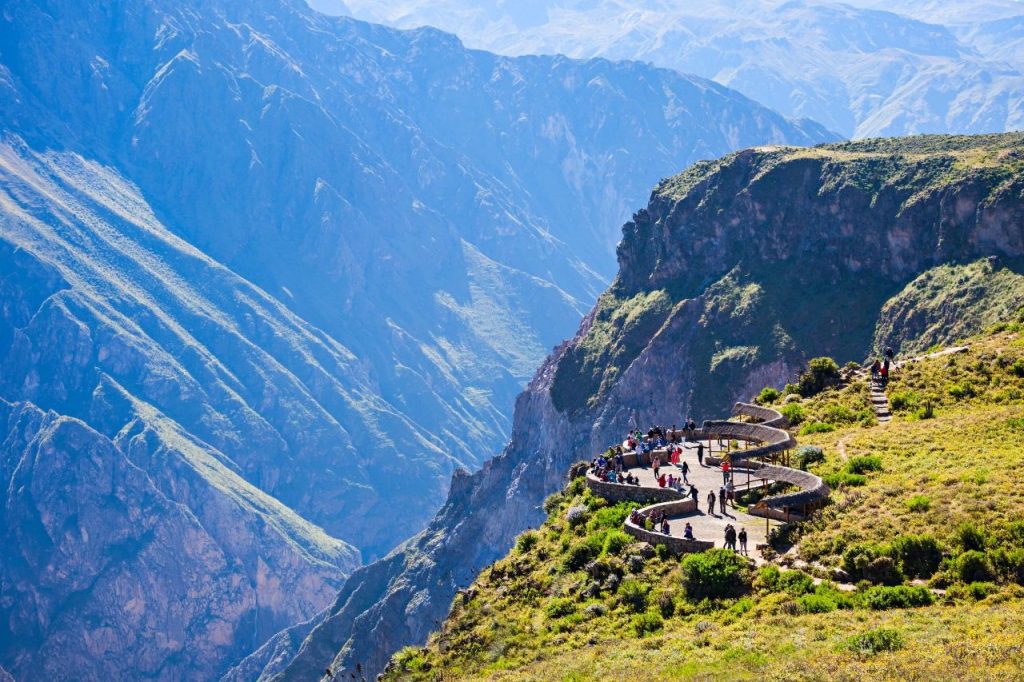
©HannahWade/Getty Images
Arequipa is a city that never lacks stories. Since the arrival of the Spanish in 1540, it has been hit by volcanic eruptions and earthquakes almost every century. The cone-shaped Misti volcano is the perfect curtain for Arequipa, towering behind the cathedral on the Plaza de Armas. Its magnificent backdrop is set against the 400-year-old monastery, huge churches, exquisite museums and creative restaurants. This volcano is also the most popular local climbing resort.
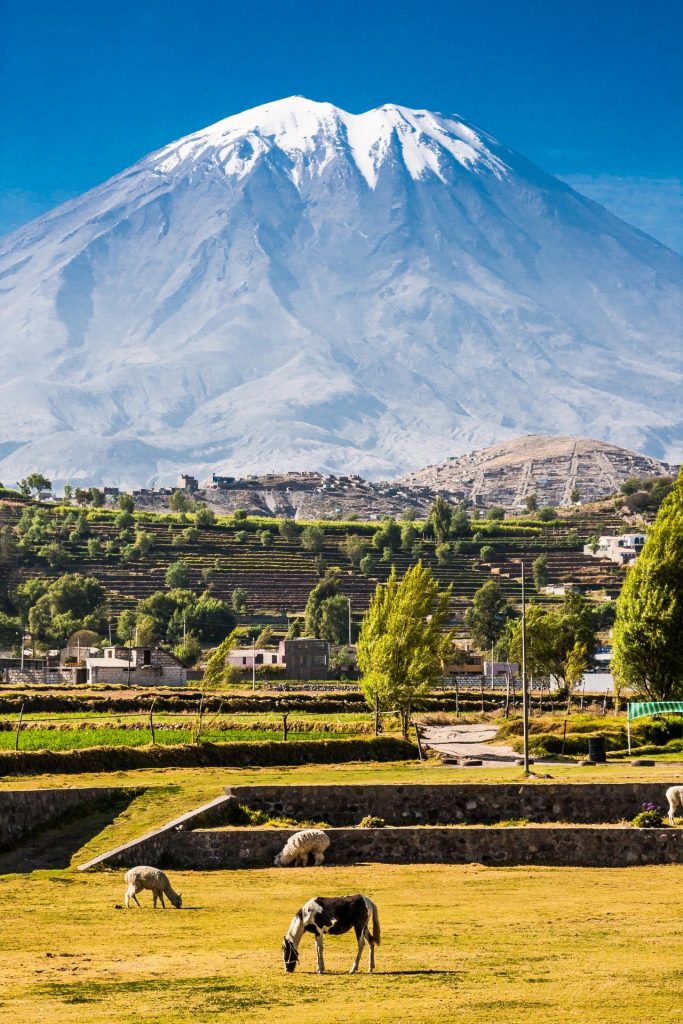
©HannahWade/Getty Images
Lake Titicaca
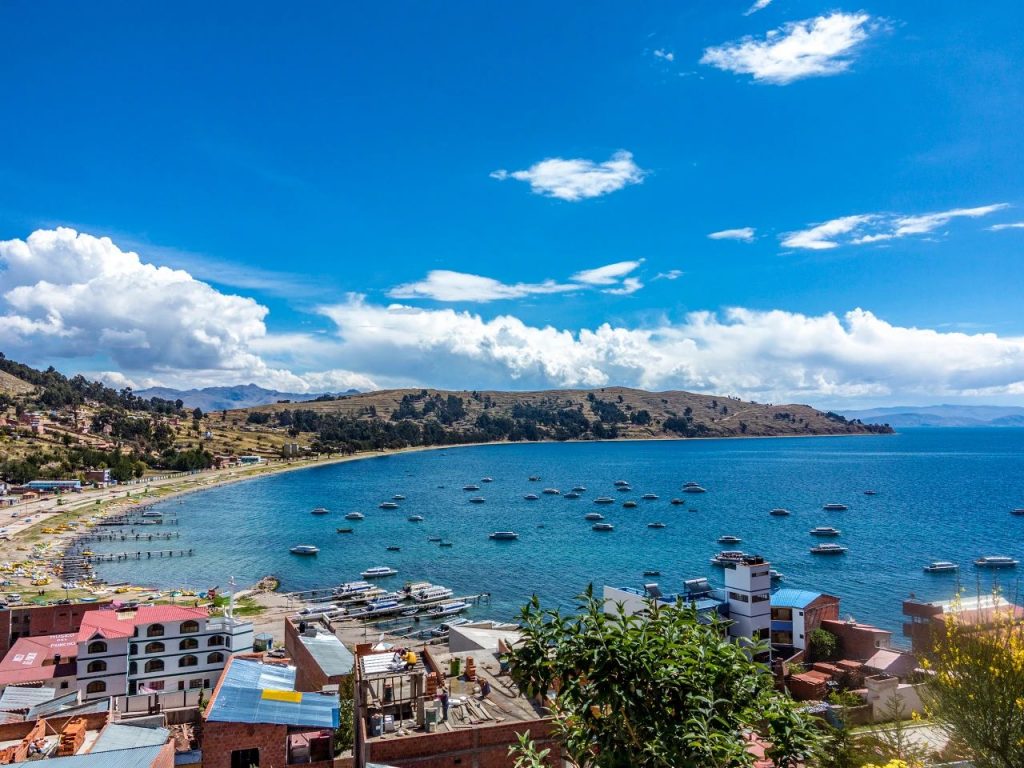
©HannahWade/Getty Images
The lake between Peru and Bolivia-Lake Titicaca is the highest navigable water area in the world. It is not so much a lake as it is an ocean on a plateau. In the legend of the Inca civilization, this is the place where the sun god was born. The sparkling deep blue lake exudes unique charm everywhere, and the plateau culture has been bred in ancient ways for a long time.

©HannahWade/Getty Images
There are many large and small islands on the lake, the most incredible of which are those floating islands woven with reeds. Centuries ago, the Uros fled to the lake to avoid the Incas’s attack, and built houses, boats, arches and even swings from reeds. The best way to experience this unique culture is to stay overnight.
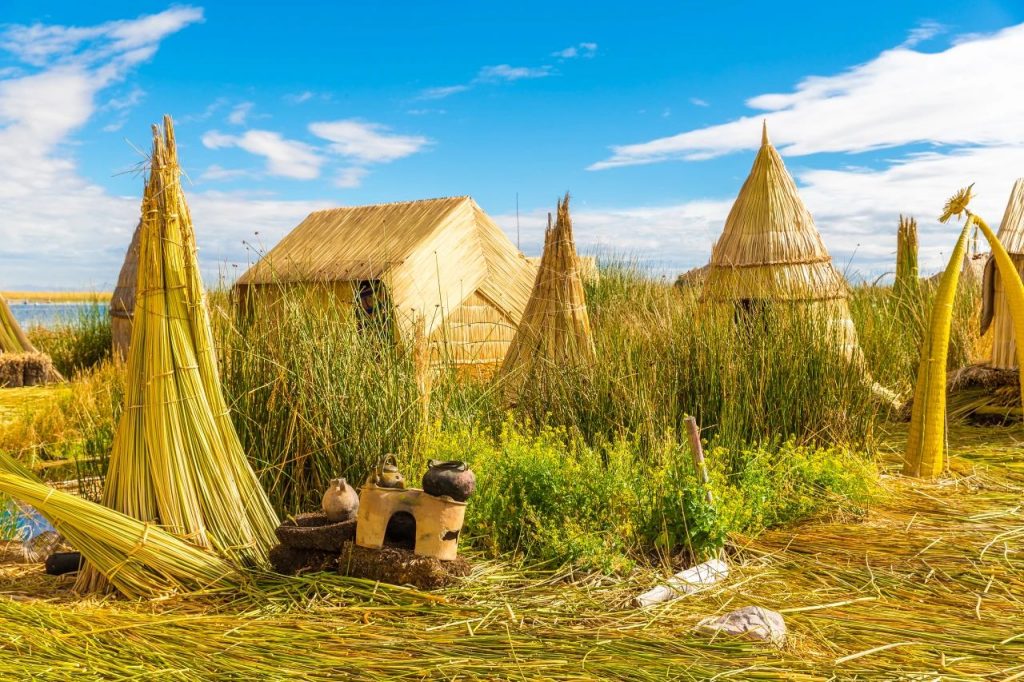
©HannahWade/Getty Images
Cuzco
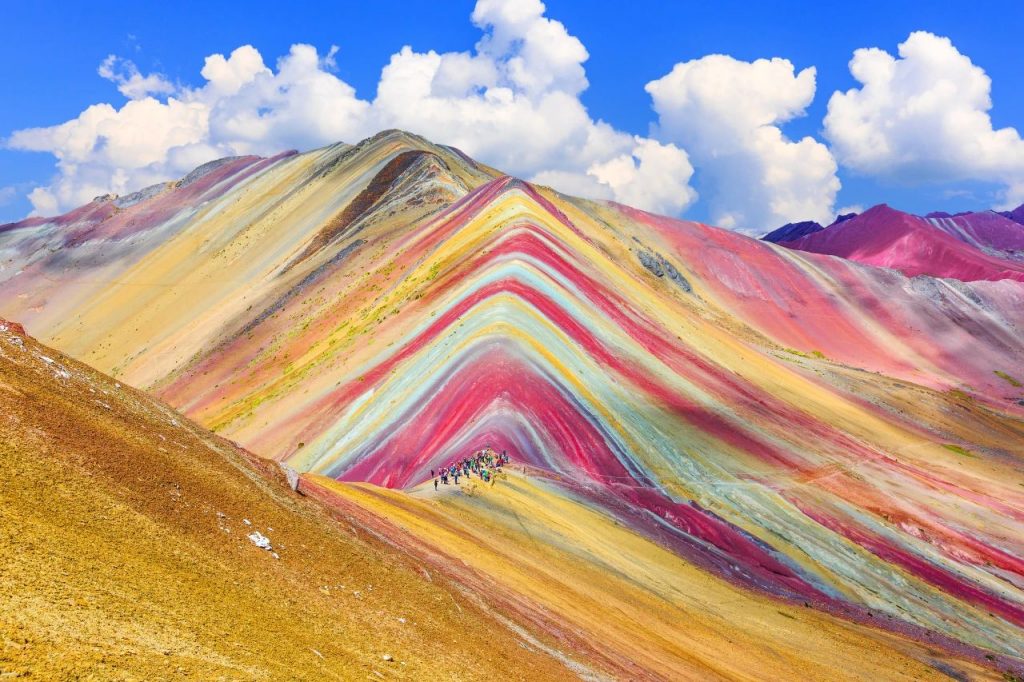
©HannahWade/Getty Images
Flew over the Andes from Arequipa to Cusco, the ancient Inca capital. At an altitude of 3,300 meters, the “City of the Sky” Cusco is the meeting point of ancient Andean traditions and modern Peruvian life centuries ago. As the oldest continuously inhabited city on this continent, it was once the most important center of the Inca Empire. Today it is not only the undoubted archaeological capital of America, but also one of the best-preserved colonial history museums on this continent.

©HannahWade/Getty Images
A large number of walls built during the Inca period stand upright, and the narrow cobblestone streets and squares are crowded with descendants of the powerful Inca Empire, wearing colorful traditional costumes walking in the hustle and bustle of contemporary Cuscos, dressed in gorgeous traditional costume Of women, holding alpacas, selling exquisite handicrafts.
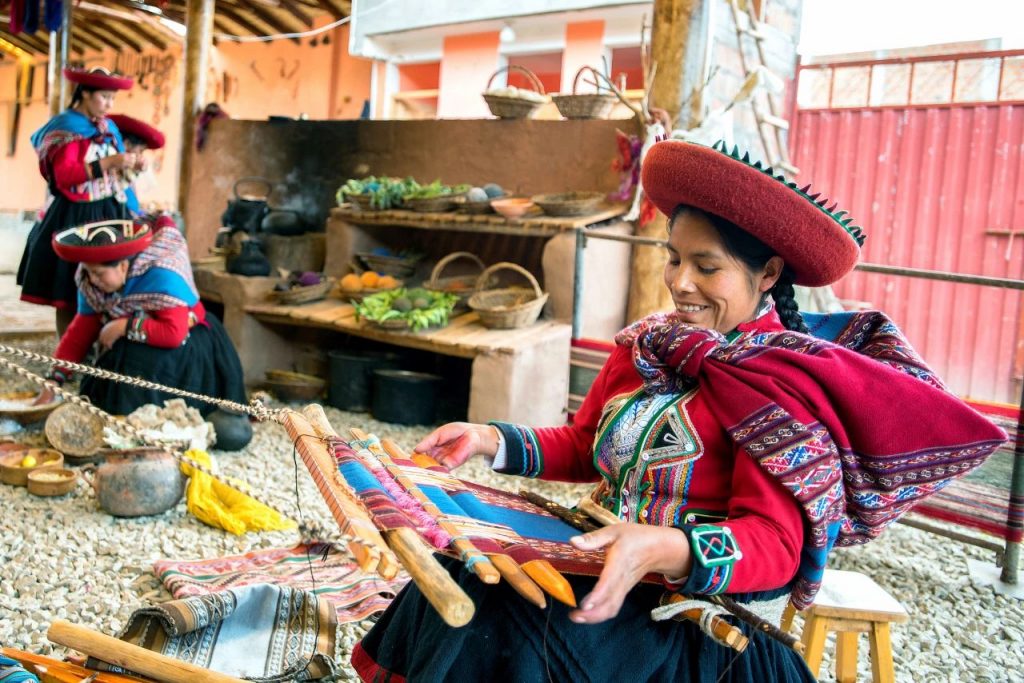
©HannahWade/Getty Images
No matter how tight the itinerary is, you must first arrange a few days to adapt to the altitude. During this period, you can roam the cobblestone alleys and visit the Inca monuments, handicraft markets and small villages in the Sacred Valley. Then take the train to Machu Picchu, the most famous archaeological site in South America.
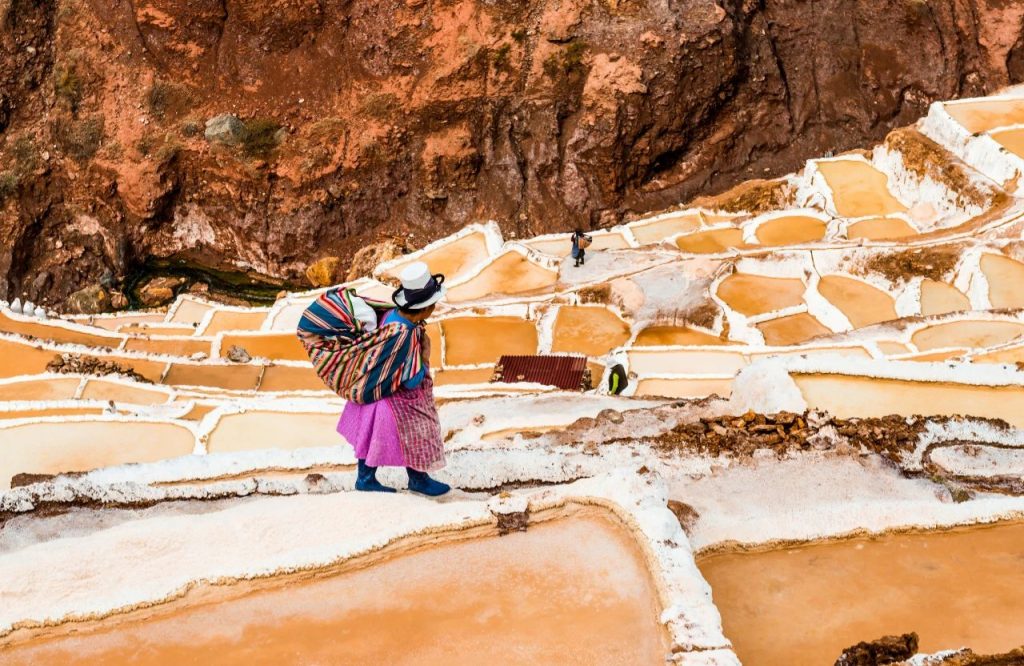
©HannahWade/Getty Images
Machu Picchu
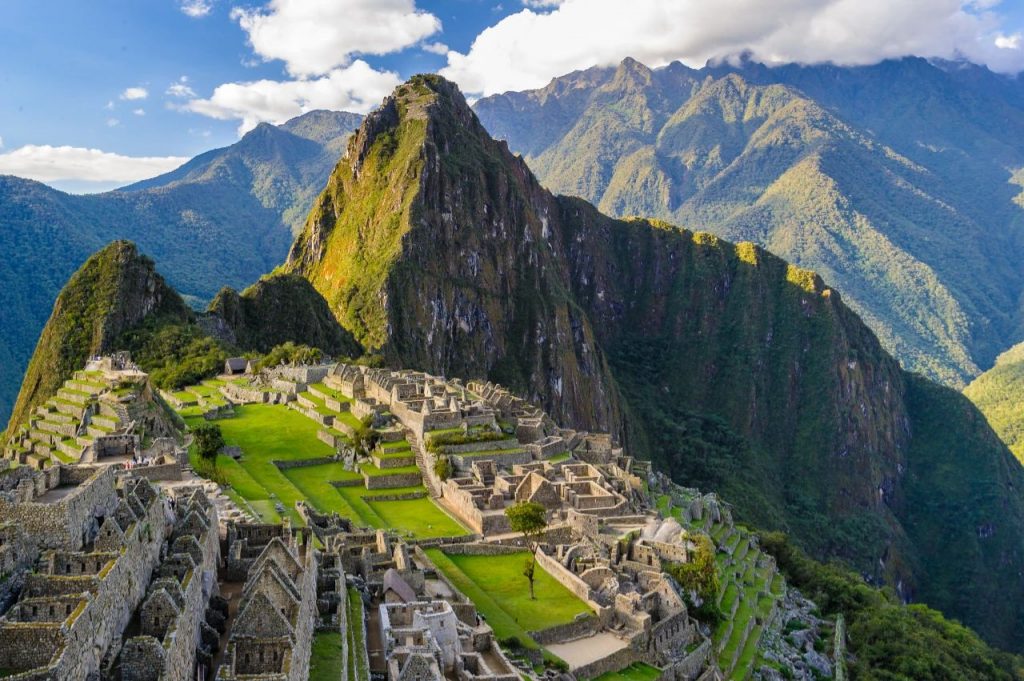
©HannahWade/Getty Images
This must be the most anticipated stop of your Peru itinerary-the verdant terraces and steep peaks highlight the mystery and majesty of this castle. Even if you have seen Machu Picchu’s standard photos countless times, you will still find everything in front of you unbelievable when you really stand there.
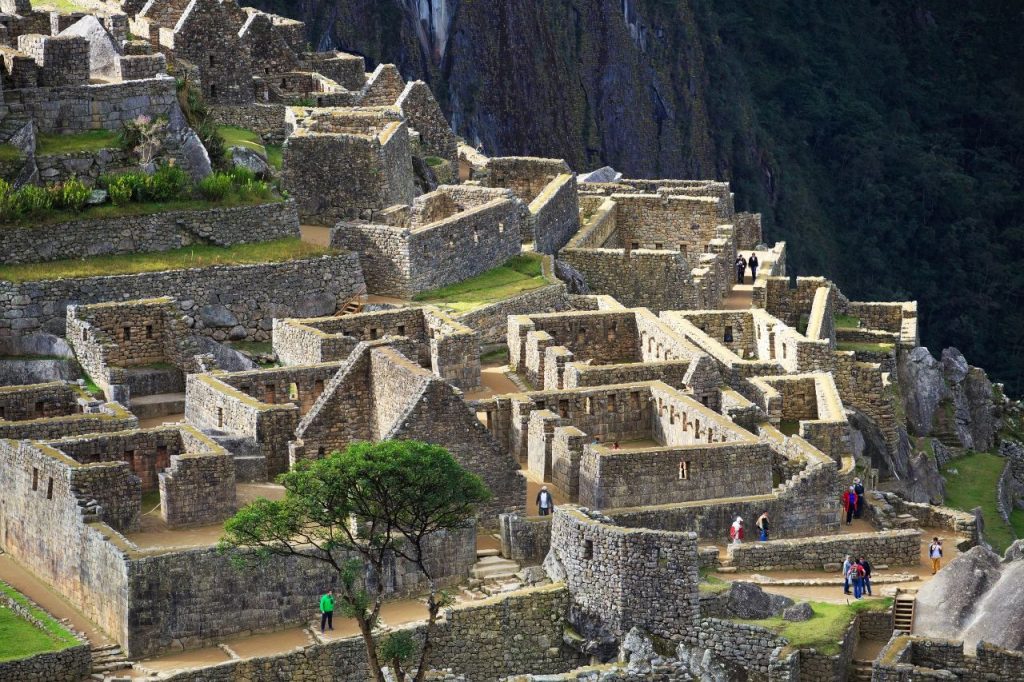
©HannahWade/Getty Images
This shocking Inca castle was forgotten in the Andes for a long time and was not discovered until the beginning of the 20th century. Machu Picchu is now the most famous archaeological site on the American continent. Because the Spanish colonists never discovered this place, experts are still inconclusive about when and why this site was abandoned, and there are still divergent opinions about its function.

©HannahWade/Getty Images
One of the architectural miracles of Machu Picchu is that the famous Inca walls here are perfectly connected by polished stones, and no plaster is used during the stone joints. This ancient city took thousands of labors for 50 years to build, and today’s construction cost is estimated to exceed 1 billion U.S. dollars.
In order to make it a habitable place, it is necessary to level the land, divert water from the mountains through stone canals, and build retaining walls to form agricultural terraces to grow corn, potatoes and coca. The drainage system helps withstand heavy rains and uses rainwater for irrigation, and the east-facing roofs and terraces also maximize the use of sunlight.

©HannahWade/Getty Images
This site has a huge appeal for mystics, adventurers and history lovers. Ride a scenic train, challenge the classic Inca trail on foot, or climb the towering Vaina Picchu behind you, no matter which one needs to prepare early, after all, this is the most prestigious archaeological site Machu Picchu in South America.
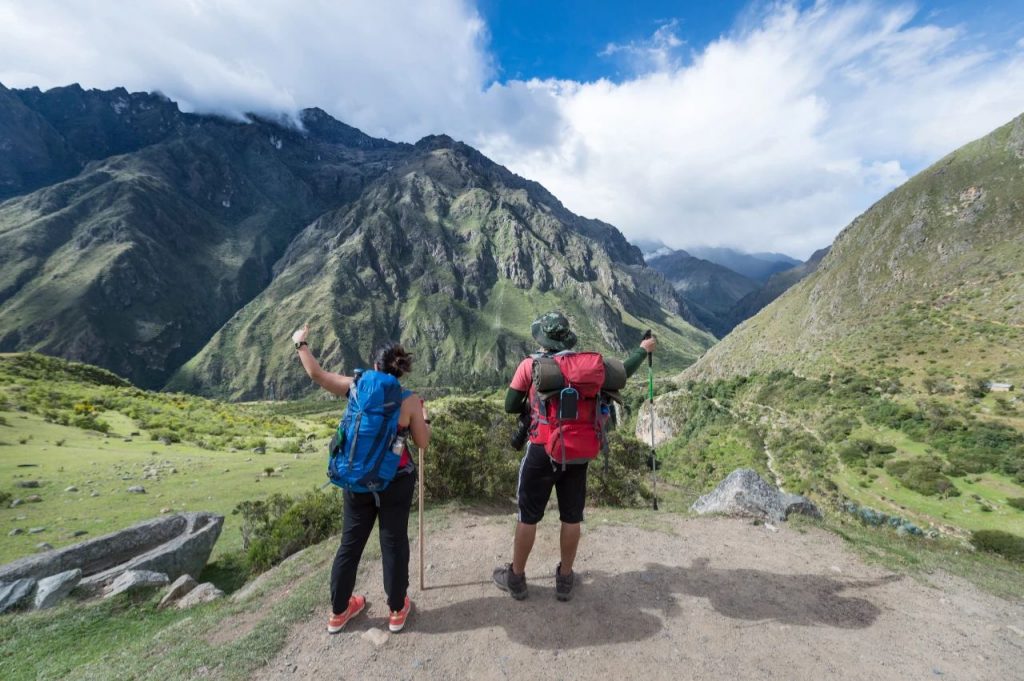
©HannahWade/Getty Images
Important tips for traveling to Machu Picchu
>>Visit before the arrival of the crowd in the morning >> leave at least 3 hours to visit >> Wear walking shoes and a sun hat >> Bring drinking water >> Follow the signs in the scenic area
Puerto Maldonado
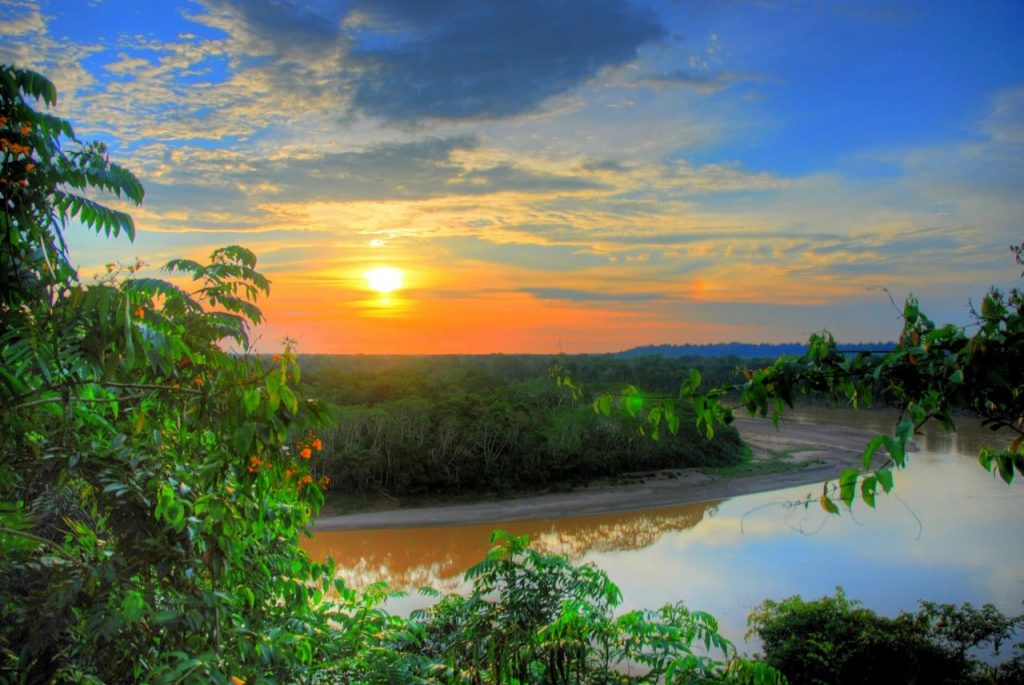
©HannahWade/Getty Images
Leaving Cusco, you can choose to feel the Amazon. Fly to Puerto Maldonado and choose a riverside accommodation there to relax. The port of Maldonado, full of diesel smell, is the center of the precarious Amazon basin in southern Peru. The Amazon plain has dense primary and secondary jungles, lush vegetation and dazzling. It is an exotic and isolated border area, full of exciting jungle exploration opportunities in all directions.
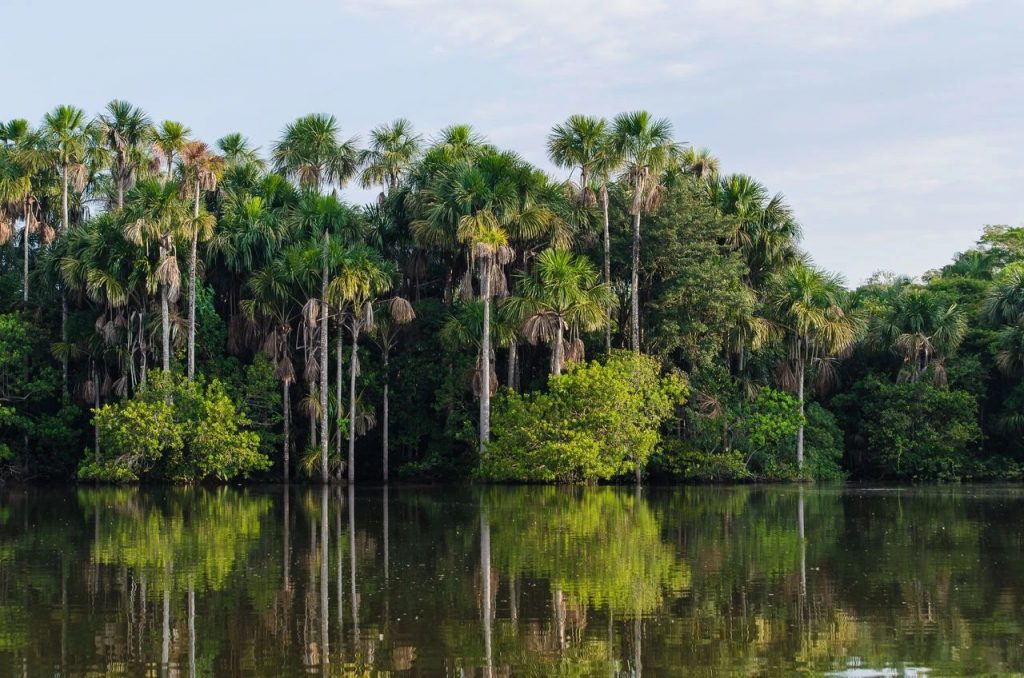
arcibaldo
If you haven’t arranged a river jungle tour in advance, here are some local guides to take you overland to Manu area. There are countless wild animals from honey bears to caimans in large primeval forests, which can be called the area with the richest biodiversity on the planet. Another option is to fly back to Lima and then north to Iquitos. This bustling port will take you deep into the hinterland of the Amazon.
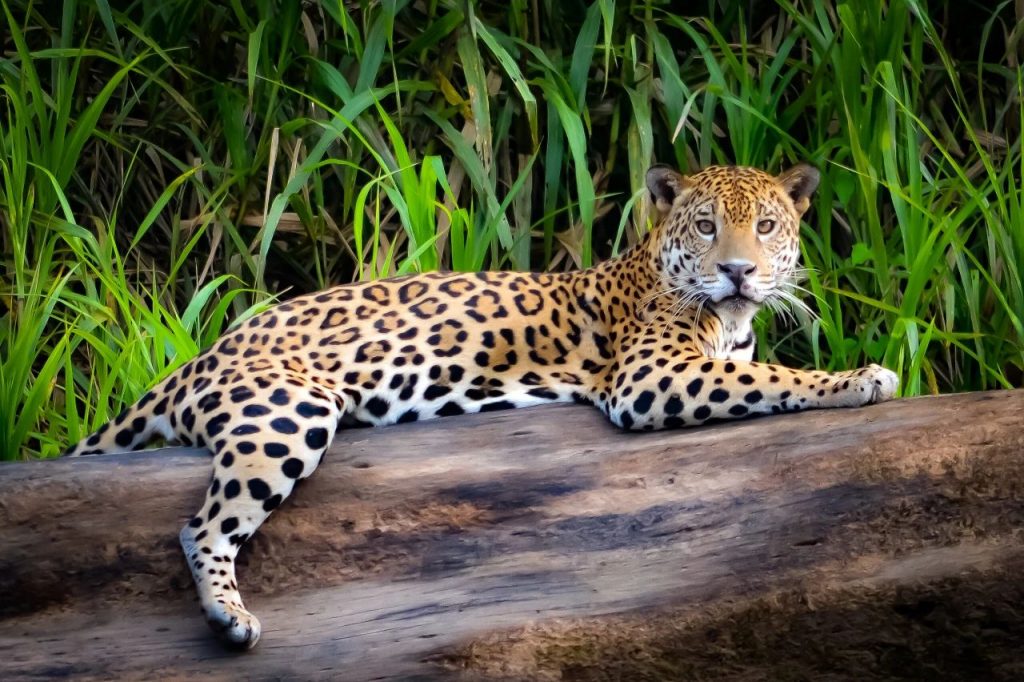
©HannahWade/Getty Images
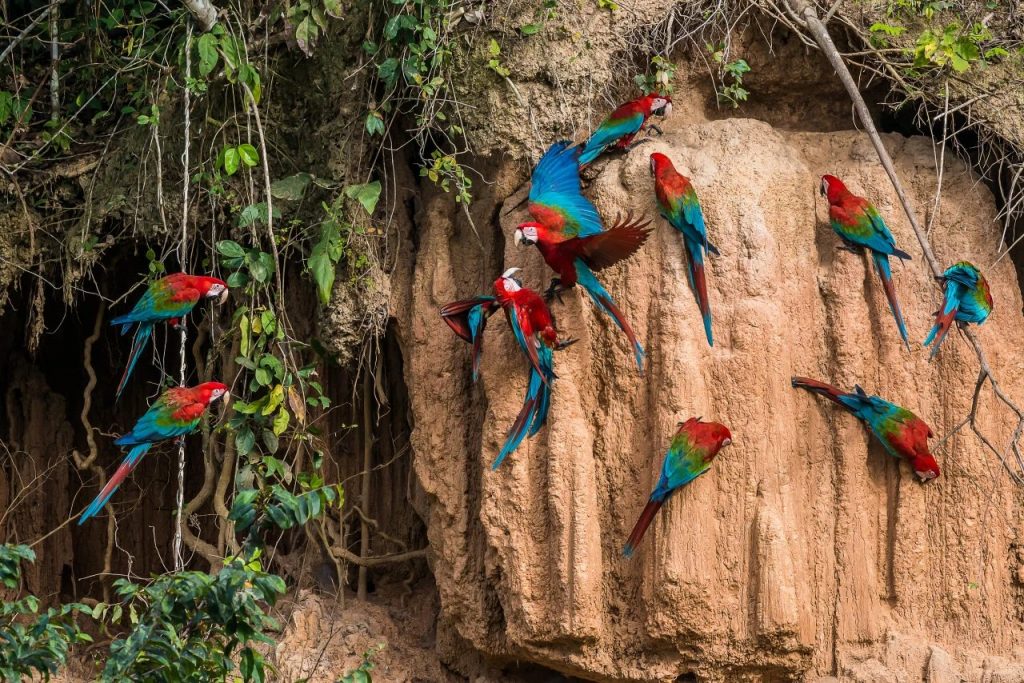
©HannahWade/Getty Images
Iquitos
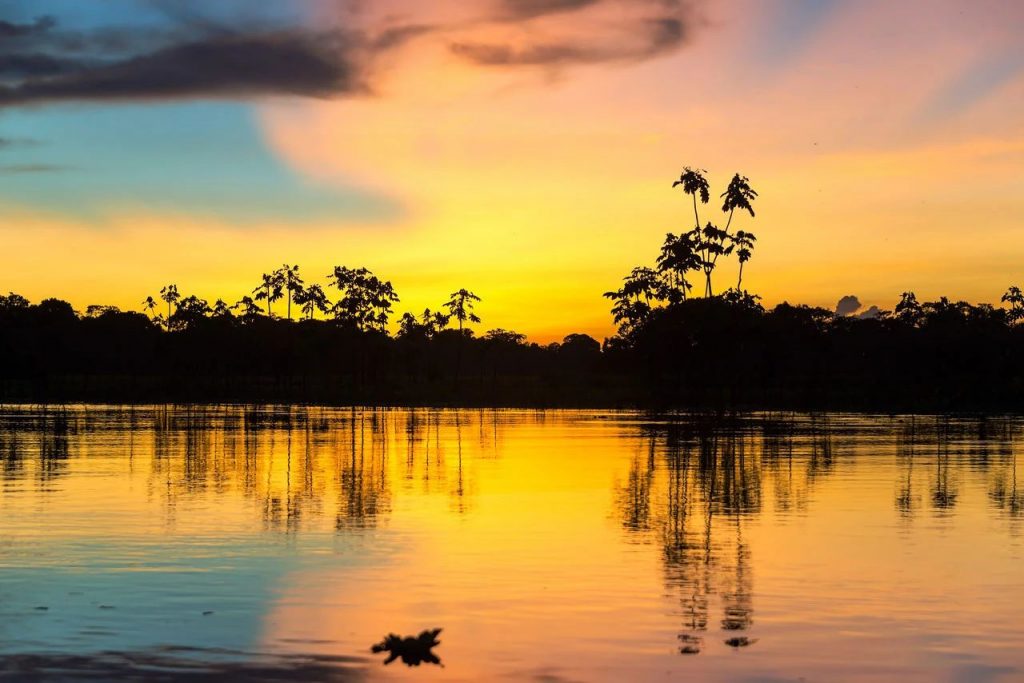
Jess Kraft
Iquitos is the largest city in the world that cannot be reached by land. It is connected to the outside world only by air and water. This is a prosperous place, full of charming scenes in the Amazon basin. The city is famous for its many expectations of a jungle city.
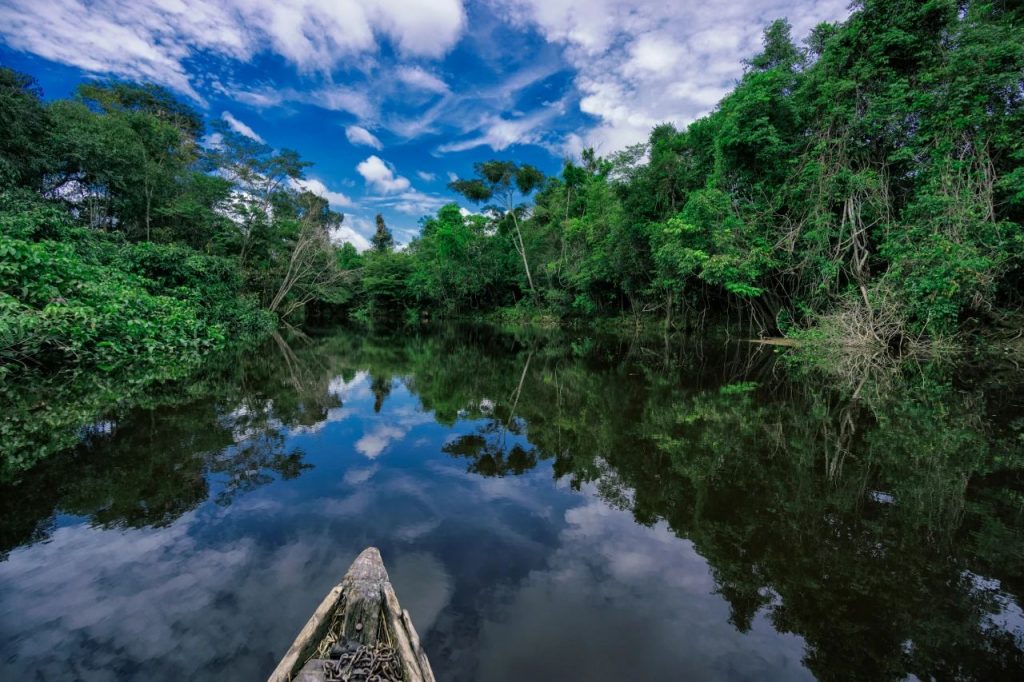
©HannahWade/Getty Images
Iquitos is the starting point for you to travel along the famous Amazon River, but don’t miss the opportunity to stay in the city for a few days and feel the fanatical atmosphere of this jungle “Sodom”.
Cuisine
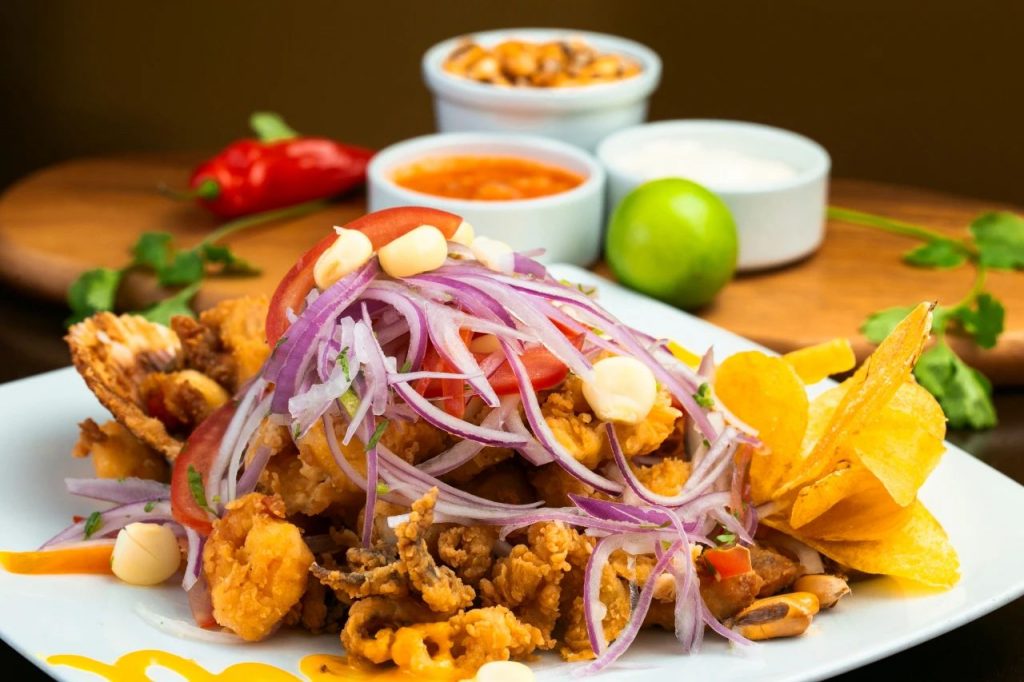
©HannahWade/Getty Images
In Peru, the concept of fusion cuisine has long been part of everyday cooking. In the course of the past 400 years, Andean stew has been mixed with Asian stir-fry techniques, and Spanish rice has absorbed the Amazonian flavor, resulting in the country’s famous Creole cuisine (a mix of Spanish, Andean, Chinese and African dishes) .
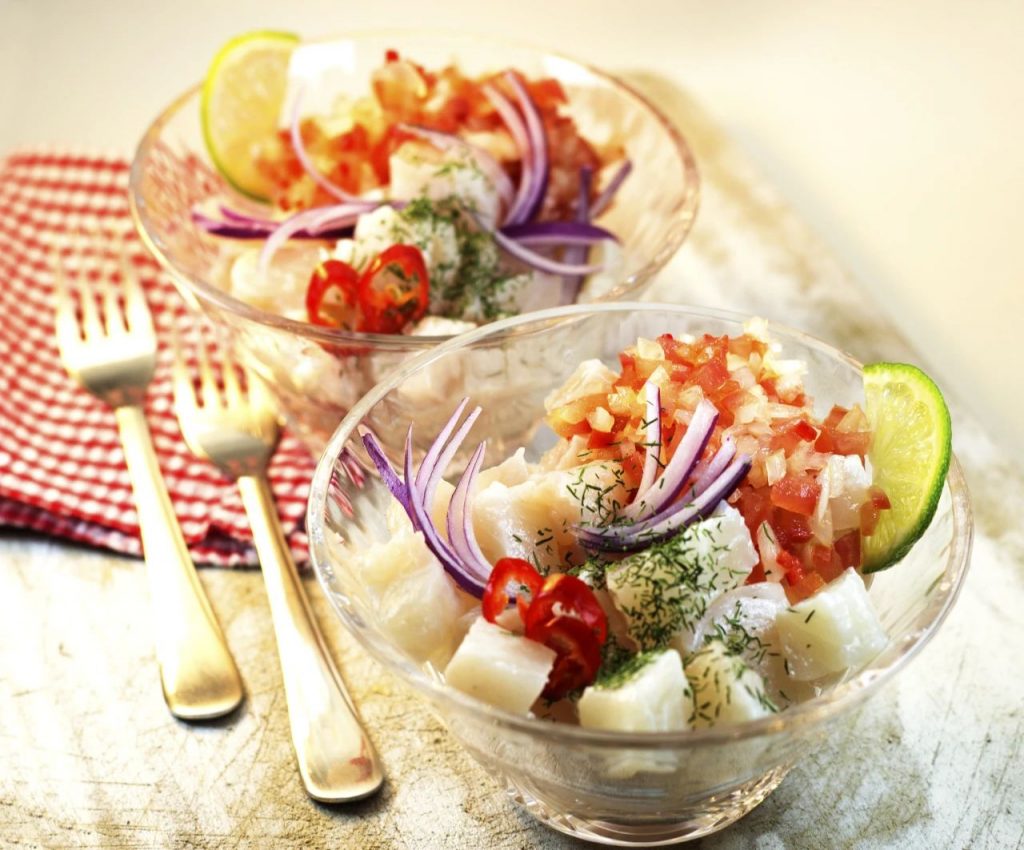
©HannahWade/Getty Images
In the past 10 years, a generation of experimental young innovators have pushed local cuisine to a new level of cuisine. This innovative Andean cuisine (novoandina) interprets Peruvian cooking through haute cuisine.
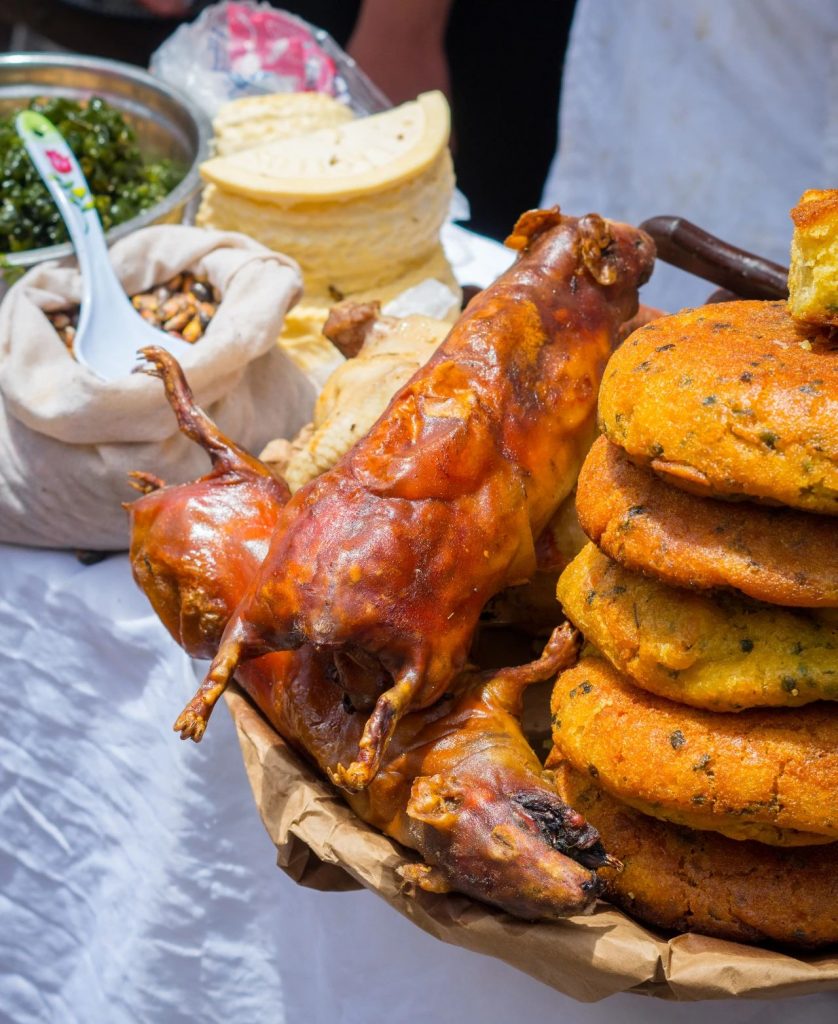
©HannahWade/Getty Images
Peruvian food is more spicy, but ají (chili) can be added on its own. Conservative diners can find relief in a chifa (Chinese restaurant) or pollería (barbecue restaurant). Bold diners can also try Peru’s “dark cuisine” roasted guinea pig.
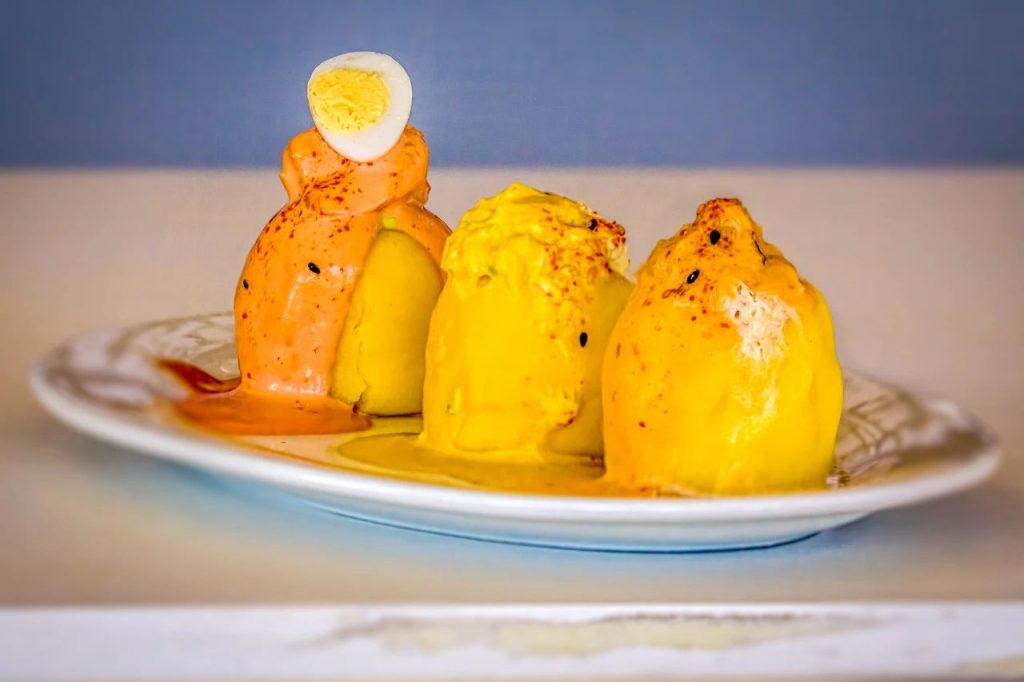
©HannahWade/Getty Images
Vegetarian options are also increasing, and Peru’s many innovative potato dishes are worth trying. Restaurants generally serve menú del día (set meals, usually lunch). There are soups and main dishes, and possibly desserts. Corn kernels called canchita are ubiquitous table snacks.

©HannahWade/Getty Images
Those who like wine, might as well try Peru’s pisco sour. It is a cocktail made from Peru’s national drink, pisco, white grape brandy, egg whites, lemon juice, syrup, crushed ice and bitter beer. If you drink well, you can try aguardiente (anise-flavored sugar cane liquor), which is a great choice for tropical jungle spirits.
Comments